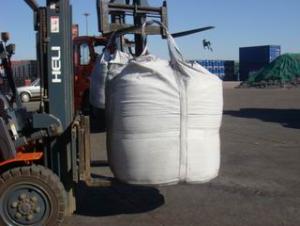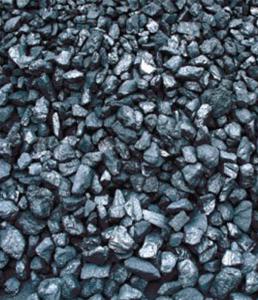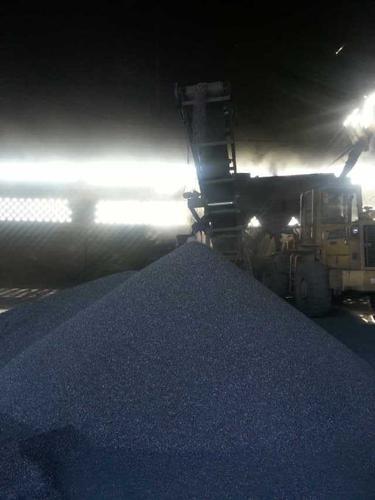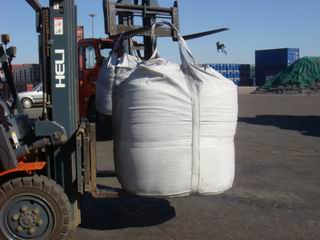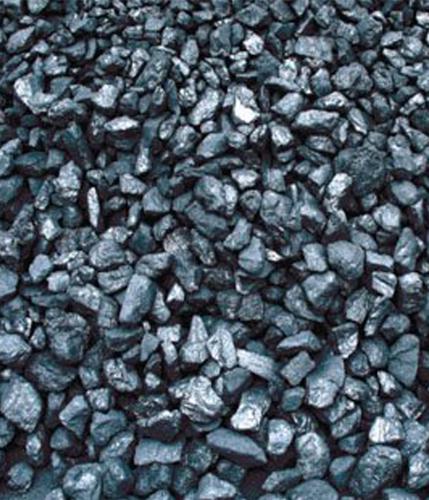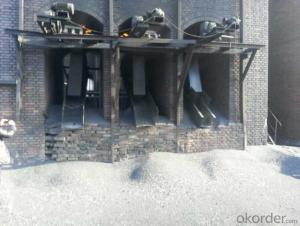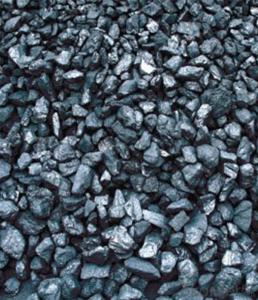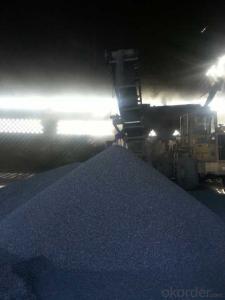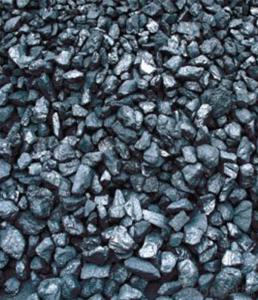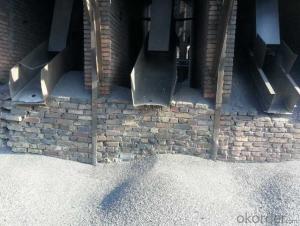Injection Carbon used for Steelmaking with stable quality FC 92
- Loading Port:
- China Main Port
- Payment Terms:
- TT or LC
- Min Order Qty:
- -
- Supply Capability:
- 2000 m.t./month
OKorder Service Pledge
OKorder Financial Service
You Might Also Like
Introduction of Calcined Anhtracite :
It used the high quality anthracite as raw materials through high temperature calcined at over 2000 by the DC electric calciner with results in eliminating the moisture and volatile matter from anthracite efficiently, improving the density and the electric conductivity and strengthening the mechanical strength and anti-oxidation. It has good characteristics with low ash, low resistvity, low sulphur, high carbon and high density. It is the best material for high quality carbon products.
Calcined Anthracite coal is produced using the best Anthracite-Taixi Anthracite with low S and P, It is widely used in steel making and casting.
2:Usage/Applications: It is widely used as carbon additive is steel making and foundry
3: Package: In mt bags or as buyer's request
4.General Specification of Calcined Anthracite coal:
PARAMETER UNIT GUARANTEE VALUE | |||||
F.C.% | 95MIN | 94MIN | 93MIN | 92MIN | 90MIN |
ASH % | 4MAX | 5MAX | 6MAX | 7MAX | 8MAX |
V.M.% | 1 MAX | 1MAX | 1.5MAX | 1.5MAX | 1.5MAX |
SULFUR % | 0.5MAX | 0.5MAX | 0.5MAX | 0.5MAX | 0.5MAX |
MOISTURE % | 0.5MAX | 0.5MAX | 0.5MAX | 0.5MAX | 0.5MAX |
Size can be adjusted based on buyer's request.
5. Pictures of Calcined AnthraciteCoal:
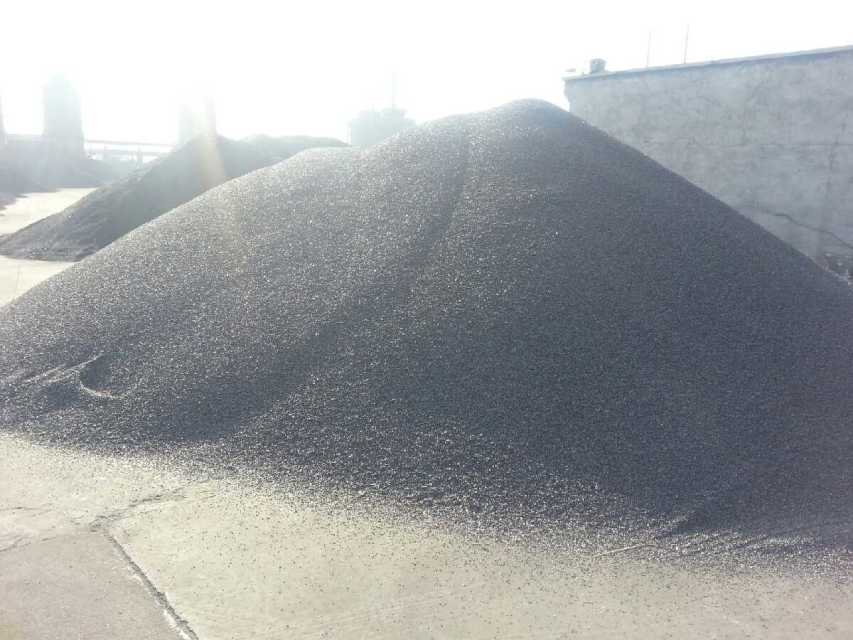
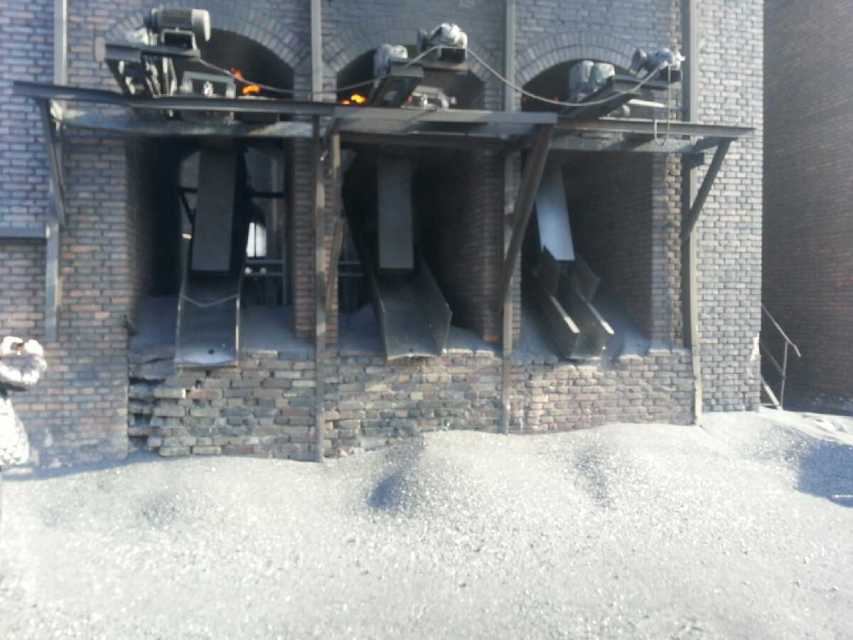
- Q: Intend to go to the barbecue and 35 friends over the weekend, but because it is new, so I don't know how to put the carbon burning, found some web sites are also a few pens, see me confused......Hope which experienced friend to help enlighten me, the best to the specific point, thank you ah!
- A few days ago I just go to the barbecue, barbecue in the general store to buy carbon (long, with a hole in the middle of smokeless carbon) is not easy, but is cheaper, you can buy some flammable carbon on the Internet, and then get a little pure alcohol ignition when the flammable carbon below, ordinary carbon. Add a little alcohol, a little on the. It takes about 20 minutes to barbecue! Wish you have a good time.
- Q: What is the greenhouse effect?
- Certain gases in the Earth's atmosphere naturally trap heat from the sun, preventing it from escaping back into space. These gases, like carbon dioxide (CO2), methane (CH4), and water vapor, act as a blanket, allowing sunlight to pass through but trapping the heat radiated from the Earth's surface. This process is vital for the Earth's survival as it helps maintain a relatively stable and livable temperature range. Without the greenhouse effect, the Earth's average temperature would be much colder, rendering it uninhabitable for most forms of life. However, human activities such as burning fossil fuels, deforestation, and industrial processes have significantly increased the concentration of greenhouse gases in the atmosphere. This excessive amount of greenhouse gases intensifies the greenhouse effect, leading to global warming. Global warming refers to the gradual increase in the Earth's average temperature, primarily caused by human-induced emissions of greenhouse gases. This temperature rise has far-reaching consequences, including the melting of ice caps, rising sea levels, extreme weather events, and disruption of ecosystems. While the greenhouse effect itself is a natural and necessary process, the enhanced greenhouse effect resulting from human activities contributes to climate change. Therefore, it is crucial to reduce greenhouse gas emissions and adopt sustainable practices to mitigate the adverse effects of global warming.
- Q: How does carbon impact air quality?
- The release of carbon dioxide (CO2) and other carbon-based pollutants into the atmosphere can significantly affect air quality. When fossil fuels like coal, oil, and natural gas are burned, they emit large amounts of carbon dioxide, a greenhouse gas that contributes to climate change. This increase in carbon dioxide levels in the atmosphere causes the Earth's surface to warm, leading to adverse effects on air quality. Moreover, incomplete combustion of fossil fuels and other organic materials can also release carbon-based pollutants like carbon monoxide (CO) and volatile organic compounds (VOCs). These pollutants have detrimental effects on human health and can contribute to the formation of ground-level ozone, which is a major component of smog. Breathing in ozone can cause respiratory problems, lung damage, and worsen existing respiratory conditions such as asthma. Additionally, burning fossil fuels, biomass, and other organic matter releases carbon particles known as black carbon or soot. These particles directly impact air quality by absorbing sunlight and reducing visibility. When inhaled, they can penetrate deep into the lungs, leading to respiratory issues and potential long-term health problems. To improve air quality and mitigate the negative impacts on human health and the environment, it is crucial to reduce carbon emissions. This can be achieved by transitioning to cleaner and more sustainable energy sources, such as renewable energy. Additionally, implementing stricter regulations and emission standards for industries and vehicles can contribute to reducing carbon pollution and improving overall air quality.
- Q: I want to know why the ATP in the five carbon sugar is a DNA RNA??
- ATP (adenosine-triphosphate) Chinese name three phosphate adenosine, also called ATP (adenosine three phosphate), referred to as ATP, which A said adenosine, T said the number is three, P said that the phosphate group, connecting three phosphate groups.
- Q: Consult the carbon content of austenite
- Pure iron carbon alloys, austenitic (A) carbon content in different grades, different temperature and different, in more than 727 degrees (727 degrees when the carbon content is 0.77%), 1148 degrees, 2.11% carbon content with see iron carbon phase diagram
- Q: How does carbon affect the formation of landslides?
- Carbon does not directly affect the formation of landslides. Landslides are primarily triggered by natural factors such as heavy rainfall, earthquakes, or volcanic activity, or by human activities such as deforestation or construction. However, carbon indirectly plays a role in landslides through its impact on the environment. Excessive carbon dioxide (CO2) emissions, primarily caused by human activities such as burning fossil fuels and deforestation, contribute to climate change. Climate change leads to more frequent and intense rainfall events, which can increase the likelihood of landslides. Increased rainfall can saturate the soil, making it heavier and more prone to sliding, especially on steep slopes. Another way carbon can indirectly affect landslides is through deforestation. Trees play a crucial role in stabilizing slopes by anchoring the soil with their root systems. When forests are cleared for agriculture, urbanization, or logging, the loss of tree cover weakens the soil's stability and increases the risk of landslides. Additionally, the removal of vegetation reduces the absorption of rainfall, leading to increased surface runoff and erosion, further destabilizing slopes and making them more susceptible to landslides. In conclusion, while carbon itself does not directly cause landslides, its impact on climate change and deforestation can indirectly contribute to the occurrence and severity of landslides. It is important to address carbon emissions and promote sustainable land management practices to mitigate the risk of landslides and maintain the stability of slopes.
- Q: How to extinguish the charcoal fire?
- Charcoal air on the line, but also can use water, but there will be a lot of gases
- Q: What are the different colors of carbon-based gemstones?
- The different colors of carbon-based gemstones include white, yellow, brown, black, and the rare blue and pink diamonds.
- Q: What is the primary source of carbon monoxide in the atmosphere?
- The primary source of carbon monoxide in the atmosphere is the incomplete combustion of fossil fuels, such as coal, oil, and gas, as well as biomass burning.
- Q: What are the different types of carbon-based composites?
- There exist various carbon-based composites, each possessing distinct properties and applications. Some commonly encountered types encompass carbon fiber reinforced polymers (CFRPs), carbon nanotube composites, and carbon fiber reinforced ceramics. Among these, CFRPs stand as the most renowned and extensively employed carbon-based composites. They feature carbon fibers embedded within a polymer matrix, such as epoxy resin. CFRPs exhibit a lightweight nature, coupled with exceptional strength and rigidity, rendering them ideal for industries where weight reduction and high strength prove essential, such as aerospace, automotive, and sporting goods. Carbon nanotube composites represent another category of carbon-based composites that have garnered substantial attention in recent years. Carbon nanotubes possess cylindrical structures comprising carbon atoms arranged in a hexagonal lattice. Upon incorporation into composite materials, they bolster mechanical, thermal, and electrical properties. Carbon nanotube composites hold potential applications across fields like electronics, energy storage, and structural materials. Carbon fiber reinforced ceramics combine the superior strength and rigidity of carbon fibers with the exceptional ability to resist high temperatures exhibited by ceramics. These composites widely find use in industries necessitating materials capable of withstanding extreme temperatures, such as aerospace, defense, and nuclear sectors. Carbon fiber reinforced ceramics offer an excellent balance encompassing strength, thermal stability, and low weight. Additional types of carbon-based composites encompass carbon fiber reinforced metals, wherein carbon fibers are embedded within a metal matrix, and graphene composites, which incorporate graphene sheets into a polymer or metal matrix. These composites offer distinct properties like high electrical conductivity, thermal stability, and mechanical strength, unveiling possibilities for applications in areas like electronics, energy storage, and structural materials. On the whole, carbon-based composites present a wide array of properties and applications, rendering them indispensable materials within various industries requiring lightweight, strong, and durable substances.
Send your message to us
Injection Carbon used for Steelmaking with stable quality FC 92
- Loading Port:
- China Main Port
- Payment Terms:
- TT or LC
- Min Order Qty:
- -
- Supply Capability:
- 2000 m.t./month
OKorder Service Pledge
OKorder Financial Service
Similar products
Hot products
Hot Searches

